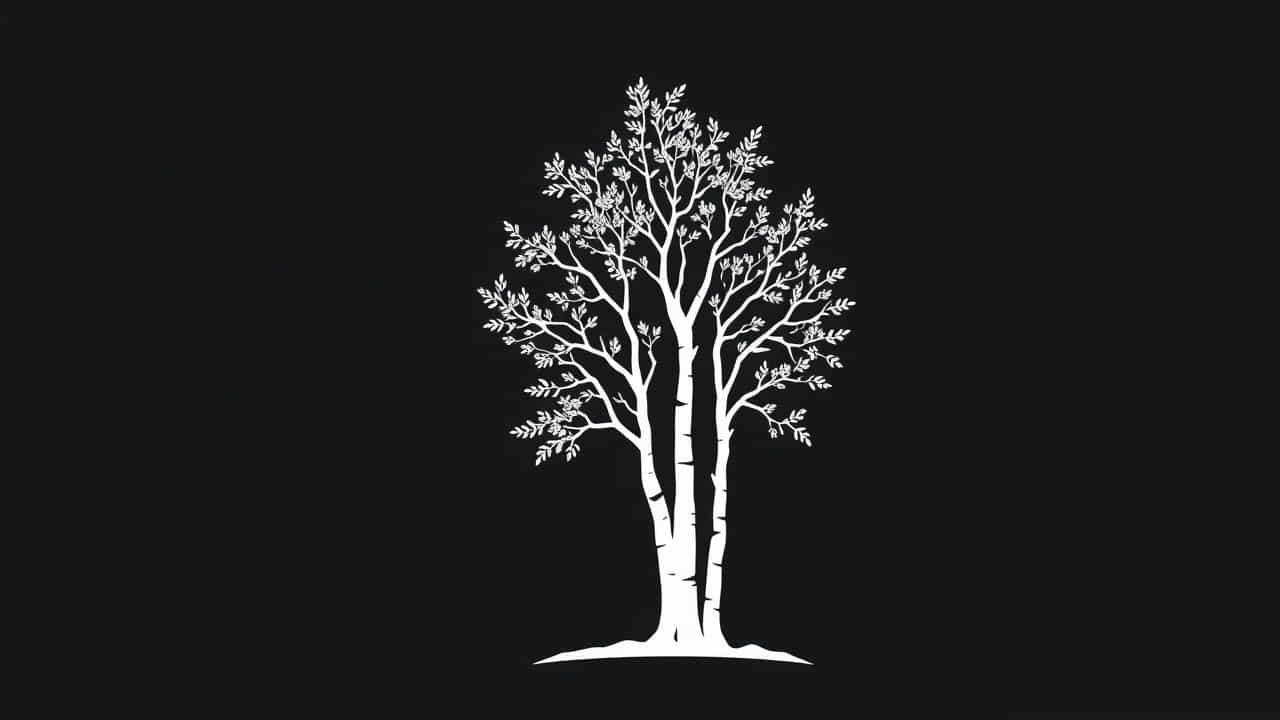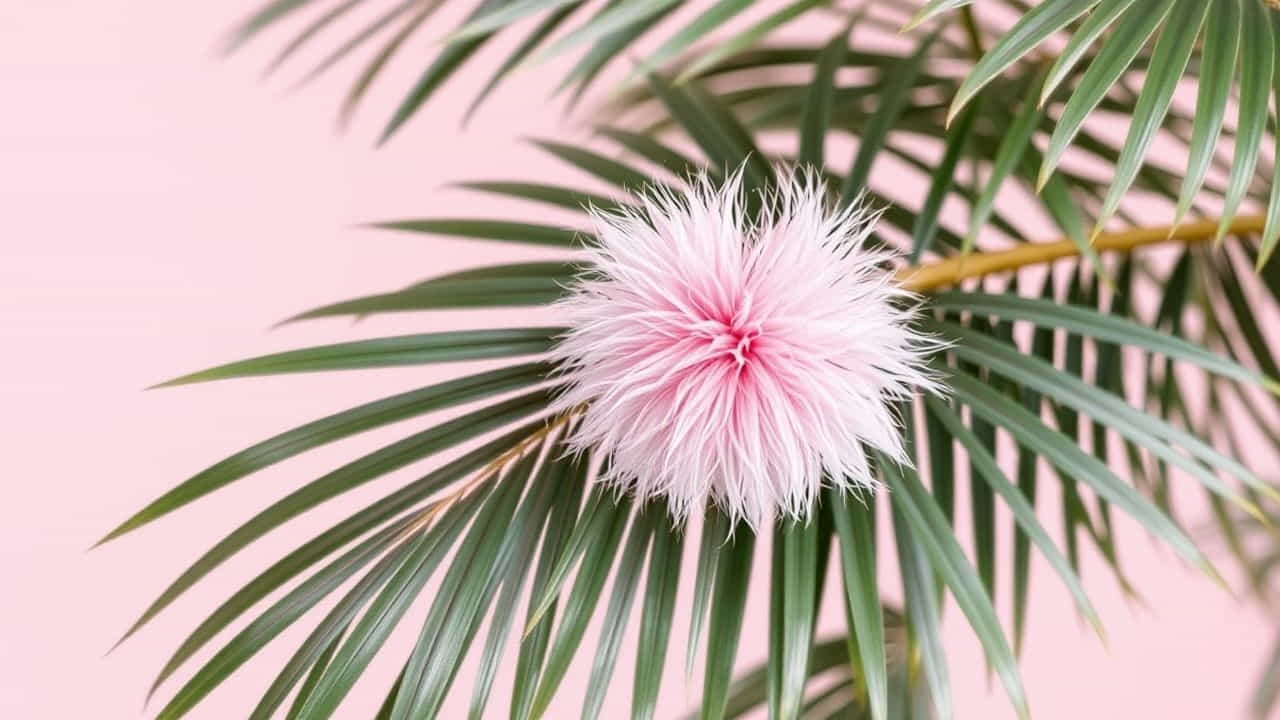Native Drought Tolerant Plants
As climate change increases the frequency and severity of droughts, it’s becoming essential for gardeners to consider more sustainable planting options. One of the best ways to ensure your garden thrives with minimal water is by incorporating native drought-tolerant plants. These plants are well-suited to local conditions, requiring less maintenance, water, and care once established. … Read more









